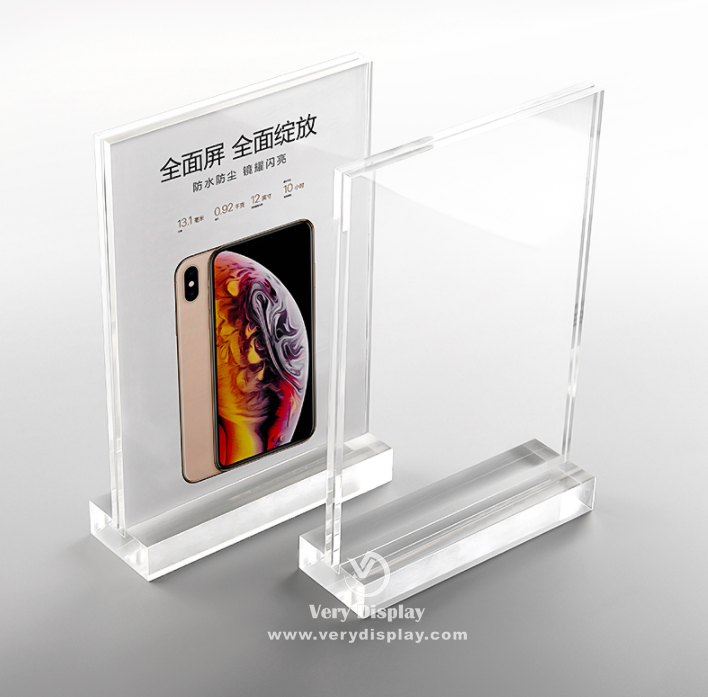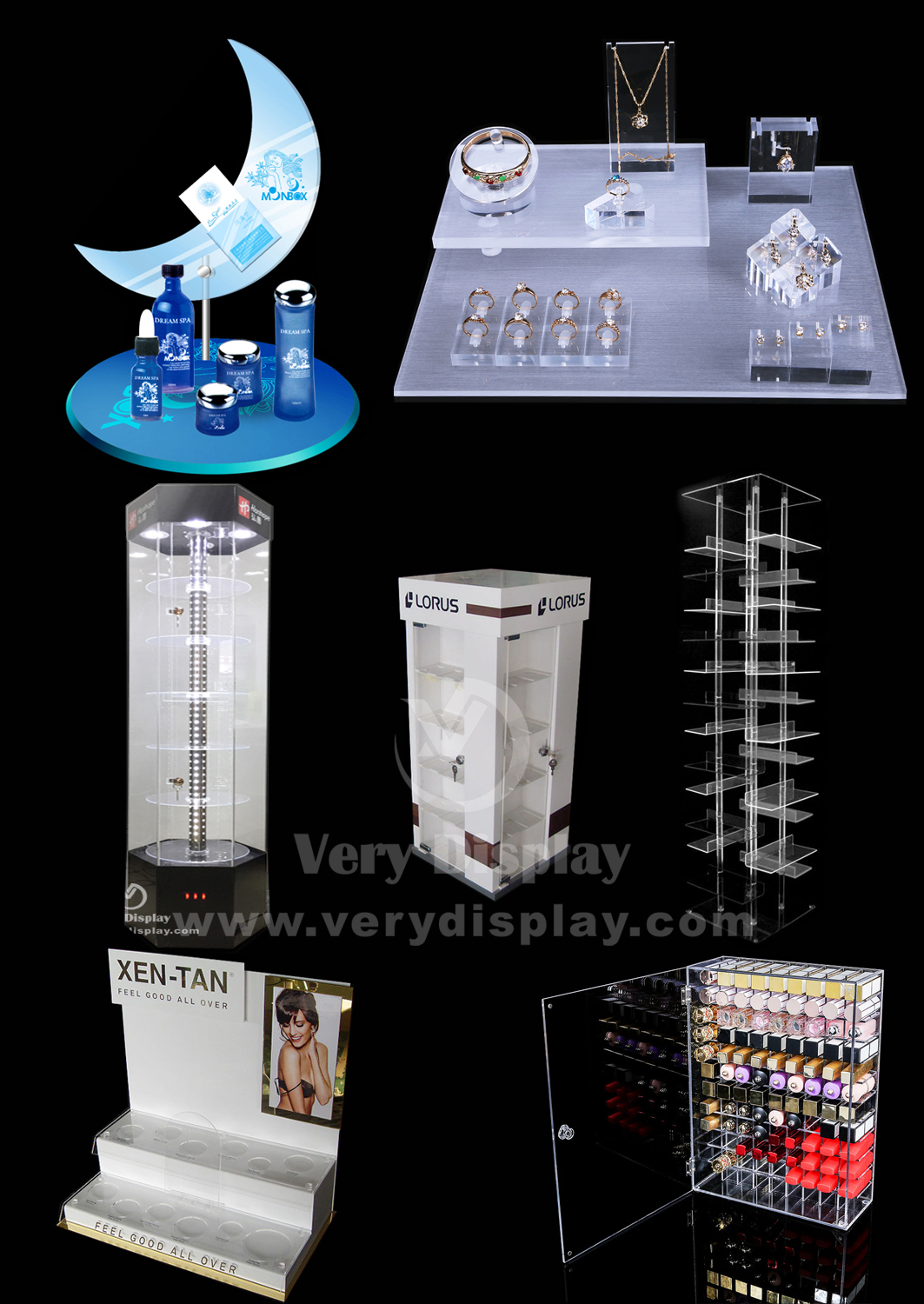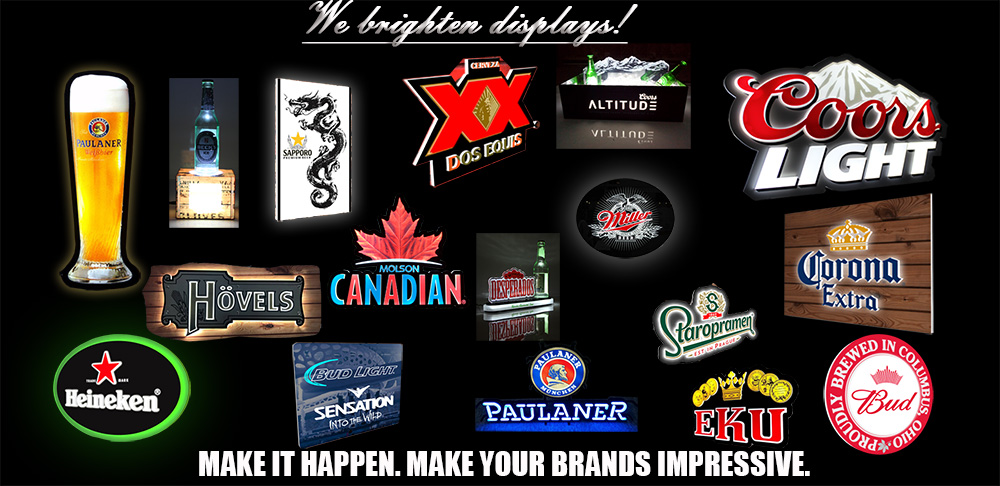Ultrafine zinc oxide is a new type of high-performance inorganic product developed in recent years, which has excellent performance unmatched by its bulk material. At present, the preparation methods of zinc oxide mainly include direct precipitation method, homogeneous precipitation method, sol-gel method, microemulsion method, hydrothermal method, alkoxide hydrolysis method, solvent evaporation method and the like. The atomization pyrolysis process, as an emerging ultrafine particle preparation technology, has received extensive attention from researchers in the fields of materials, chemical engineering, aerosols, and superconductivity. Zinc calcine paper as raw material, with NH 3 - NH 4 · HCO 3 - H 2 O system as a leaching agent, leached - spray pyrolysis - Preparation of active zinc oxide calcination. First, the test (1) Test principle The main component of zinc calcine is ZnO, accompanied by a small amount of ZnSO 4 , ZnO · SiO 2 , ZnO · Fe 2 O 3 and ZnS. When leaching in ammonia system, Cu, Ni, Cd, Co in zinc baking sand The impurity element also forms a complex into the solution, and ZnO·SiO 2 , ZnO·Fe 2 O 3 and ZnS do not dissolve and remain in the slag. In the purification process, because the system is weakly alkaline, impurities such as Cu, Ni, Cd, Co are easily replaced by zinc powder. The purified liquid is atomized and dried by a parallel flow centrifugal atomization dryer, and the solution is rotated at a high speed. The centrifugal disk is atomized into micron-sized droplets, immediately contacted with hot air, spirally moving in the dryer, and accompanied by a dry thermal decomposition process. Each spherical droplet after atomization can be used as a reactor, which goes through three stages. First, because the NH 3 volatilization temperature is low, NH 3 is rapidly volatilized at high temperature, resulting in [Zn(NH 3 )m] 2 + in solution. The complex loses balance and precipitates the basic zinc carbonate precursor. This stage is equivalent to the ammonia distillation process. The second stage is the evaporation of water. The partial pressure of water vapor on the surface of the particles is much larger than the partial pressure of water vapor in the air. The drying process continues. The partial pressure difference is the driving force of the drying process; the third stage is the deceleration stage, the water vapor partial pressure of the particle surface is equal to the partial pressure of water vapor in the air, and the partial pressure difference between the two is equal to zero, and no further drying is performed. However, at this time, the material is rapidly decomposed to obtain highly active zinc oxide. Since the decomposition of the basic zinc carbonate is incomplete, the precursor is calcined in a muffle furnace, the calcination temperature is 300 to 600 ° C, and the calcination time is 30 to 60 min, thereby obtaining highly active zinc oxide. (2) Reagents and samples Ammonia water (25%~28%), ammonium bicarbonate, analytical grade; test raw materials taken from a zinc baking sand from a zinc smelting plant in Jiangxi, its chemical composition (%): Zn 53.17, S 2.58, Cu 1.03, Pb 1.48, Cd 0.09, Fe 13.06, As 0.24, Sb 0.08. (3) Test device The leaching experiment was carried out in a 1 L round bottom three-necked flask. The constant temperature magnetic stirrer was used to maintain a constant reaction temperature. The temperature error was controlled at 1 ° C and the stirring speed was 450 r/mine. (4) Test and analysis methods Each time 40 g of zinc oxide baking sand is taken, the mixed ammonia water and ammonium hydrogencarbonate mixture are added according to a certain liquid-solid ratio, filtered after leaching for a certain period of time, and the concentration of Zn in the filtrate is analyzed by EDTA titration to calculate Zn. Leach rate. The zinc powder used for the zinc powder replacement and impurity removal reaction has a particle size of 145 to 175 μm and is slowly added under rapid stirring. The purified liquid is filtered, atomized in a centrifugal spray dryer, dried, and decomposed to obtain an intermediate product, and finally calcined in a muffle furnace to obtain active zinc oxide. The powder structure and morphology of the product were analyzed by SEM and XRD. Second, the results and discussion (a) leaching 1. Effect of NH 3 /NH 4 + on Zn leaching rate The effect of NH 3 /NH 4 + on the Zn leaching process was investigated under the conditions of total ammonia concentration 8 mol/L, liquid-solid ratio 8:1, temperature 35 ° C, and time lh. The results are shown in Fig. 1. It can be seen from Fig. 1 that NH 3 /NH 4 + has a significant effect on the Zn leaching rate. When NH 3 /NH 4 + is increased from 1:1 to 2.5:1, the Zn leaching rate is significantly increased. After a predetermined leaching time, Zn The leaching rate increased from 75.96% to 82.56%. When the ammonia-ammonium ratio continued to increase, the Zn leaching rate slowly decreased. The reason is mainly because the change of NH 3 /NH 4 + causes the pH change of the leachate. According to the Zn leaching potential-pH diagram, the pH directly affects the leaching process of ZnO, when NH 3 /NH 4 + =2.5:1 , leachate pH = 12. Therefore, the leachate NH 3 /NH 4 + = 2.5:1 was determined. Fig.1 Effect of ammonia-ammonium ratio on Zn leaching rate 2. Effect of liquid-solid ratio on Zn leaching rate The effect of liquid-solid ratio on the Zn leaching process was investigated under the conditions of total ammonia concentration of 8 mol/L, NH 3 /NH 4 + =2.5:1, temperature of 35 ° C and time of 1 h. The results are shown in Fig. 2. It can be seen from Fig. 2 that the effect of liquid-solid ratio on Zn leaching rate is very significant. When the liquid-solid ratio is lower than 8:1, the Zn leaching rate increases significantly with the increase of liquid-solid ratio; however, when the liquid-solid ratio is greater than After 8:1, the Zn leaching rate did not change much. Therefore, the liquid-solid ratio was determined to be 8:1. Figure 2 Effect of liquid-solid ratio on Zn leaching rate 3. Effect of total ammonia concentration on Zn leaching rate The effects of total ammonia concentration on the Zn leaching process were investigated under the conditions of liquid-solid ratio = 8:1, NH 3 /NH 4 + = 2.5:1, temperature 35 ° C, and time 1 h. The results are shown in Fig. 3. It can be seen from Fig. 3 that the total ammonia concentration has a significant effect on the Zn leaching rate. When the total ammonia concentration is less than 8 mol/L, the Zn leaching rate increases significantly with the increase of the total ammonia concentration; however, the total ammonia concentration is greater than 8 mol/ After L, the Zn leaching rate does not change much. Therefore, the total ammonia concentration was determined to be 8 mol/L. Figure 3 Effect of total ammonia concentration on Zn leaching rate 4. Effect of leaching time on Zn leaching rate Under the conditions of total ammonia concentration 8mol/L, NH 3 /NH 4 + =2.5:1, liquid-solid ratio=8:1, temperature 35°C, the effect of leaching time on Zn leaching process was investigated. The results are shown in Fig. 4. Show. As can be seen from Figure 4, the leaching time has a significant effect on the Zn leaching rate. In NH 3 - NH 4 · HCO 3 - H 2 O system, Zn rapid leaching reaction, the leaching time was 10min, Zn leaching rate reached 72.28%, and with continuation of time, the rapid increase in the rate of leaching, the leaching time 40min The Zn leaching rate reaches 82%. When the leaching time reaches 60 min, the Zn leaching rate reaches 82.34%, and the leaching Zn is basically leached completely. 5, leaching comprehensive condition experiment According to the above experimental results, the comprehensive conditions for determining the optimum leaching were: total ammonia concentration 8 mol/L, NH 3 /NH 4 + = 2.5:1, liquid-solid ratio = 8:1, time 1 h. The zinc content of the leachate is 54.34g / L, the leaching rate is 82.56%, the main impurity element content (mg / L): Cu250, Pb 25.1, Co 0.52, Cd 31.6, Fe 3.3, As 0.43, Sb 0.15. According to soluble zinc oxide and zinc sulfate, the soluble zinc leaching rate is greater than 97%. The reason for the low leaching rate is the high content of zinc ferrite and zinc silicate in the calcine. The leachate is subjected to secondary leaching and the zinc content can reach 97.62 g/L. Figure 4 Effect of leaching time on Zn leaching rate (two) purification From the above results, it is known that the content of impurity elements such as Cu, Ni, Cd, Co in the leachate is high. In this experiment, the zinc powder replacement method is used to remove these impurities, and the purification test is carried out under high stirring strength, and the selected zinc powder has a particle size of 145-175 μm. The temperature is controlled at about 50 ° C and the reaction time is 1 h. Under these conditions, impurities such as Cu, Cd, Co, Fe, etc. in the solution can be removed and removed, and the content of impurity elements in the liquid after purification (mg/L): Cu 0.32, Pb 0.79, Co 0.02, Cd 0.68, Fe 1.3, As0 .06, Sb 0.0. The Cu purification rate reached 99.87%, while the Co purification rate was 96.15%, and the Fe content in the purified liquid was 1.3 mg/L. Meet the purification requirements. (3) Atomization decomposition The atomization decomposition is carried out in a parallel flow centrifugal spray dryer. The solution is pumped into the atomizer through a peristaltic pump. The high-speed centrifugation converts the mechanical energy into the surface energy of the fine droplets and completes the ammonia in a very short time. Volatilization, water evaporation, precipitation and decomposition of basic zinc carbonate. The viscosity and surface tension of the solution hinder the atomization, which is mainly controlled by the nature and composition of the material. The atomization pyrolysis process is carried out at a population temperature of 340 ° C, an outlet temperature of 180 ° C or more, an atomization speed of 400 n / s, a feed rate of 60 mL / min, a feed liquid concentration of 100 g / L, and product SEM analysis. The result is shown in Figure 5. As can be seen from Fig. 5, most of the needles having a length of not more than 2 μm are zinc zinc oxide which is precipitated by the evaporation of ammonia gas in the early stage, and is decomposed by evaporation by evaporation of water. There are also a small number of precursors that are not completely decomposed, and are solid spheres with a smooth surface. This is because the material flows in parallel with the wind in the dryer. The purpose is to stay in the dryer for only 20 to 30 seconds. The hot air temperature decreases linearly with the evaporation of water. The outlet temperature can only reach about 180 °C, which is lower than that of basic carbonic acid. The decomposition temperature of zinc, so some parts cannot be decomposed. Figure 5 SEM image of atomized decomposition powder (4) Calcination The calcination was carried out in a muffle furnace at a temperature of 400 ° C for 1 h. The XRD spectrum of the calcined powder and the XRD standard card (JCPDS) of ZnO showed that the zinc oxide particles prepared after calcination were consistent with the JCPDS standard card, indicating that the zinc oxide powder with hexagonal structure was obtained, and the diffraction peak was obtained. They are very sharp and have almost no impurity diffraction peaks, indicating a high degree of crystallinity and purity. The morphology and particle size after calcination were analyzed by electron microscopy, and the results are shown in Figures 6-7. As shown in Fig. 6, the shape and particle size of most of the needles did not change significantly, and a small number of agglomeration occurred. As can be seen from Fig. 7, the spherical basic zinc carbonate in the precursor body is formed into a honeycomb shape, which increases its specific surface area. Fig. 6 SEM image of acicular ZnO powder after calcination at 400 °C Fig. 7 SEM of honeycomb ZnO powder after calcination at 400 °C Third, the conclusion (1) The zinc content of a section of the leachate is 54.34 g at a total ammonia concentration of 8 mol/L, a liquid-solid ratio = 8:1, a ratio of NH 3 to NH 4 + of 2.5:1, a temperature of 35 ° C and a time of 1 h. /L, the leaching rate is 82.56%, the zinc content of the two-stage leachate can reach 97.62 g/L, and the average leaching rate of zinc leaching is over 97%; (2) Under ammonia conditions, Fe will not leaching, the iron ion concentration of the leaching solution is only 3.3 mg/L, and the purification rate of Co in the purification liquid reaches 96.15%; (3) After the atomization pyrolysis is carried out under the conditions of an inlet temperature of 340 ° C, an outlet temperature of 180 ° C, an atomization speed of 400 n / s, a feed rate of 60 mL / min, and a feed liquid concentration of 100 g / L, An acicular active zinc oxide having a length of not more than 2 μm is obtained. However, due to insufficient temperature, some of the precursors are not completely decomposed and must be calcined; (4) The precursor is honeycombed zinc oxide after calcination at 400 ° C for 1 h in a muffle furnace.
Acrylic table tents.China Table Menu Holder,Menu Display Stand supplier & manufacturer, offer low price, high quality Acrylic Menu Stand,Acrylic Menu Holders.
We, Very Display,are not just a Sign or Display Maker, but a 15 years experienced acrylic POP display pioneer, and also the first supplier in china who combined the acrylic POP signs and displays with Led lighting technology.
We also offer an ever-expanding selection of acrylic displays for use by retail stores, gift shops, museum stores, designers, department stores, collectible shops, bookstores, and restaurants.
Material: we designed and produced lights signs and light displays according to clients demands, acrylic to be the main body light guide plate.
Advantages:
We make all customers dreams came true, because we friendly & conscientious sales and over 14years experienced & creative 3D artists team ;
We make everything possible, any signs or displays involved with various of materials, like wood, metal, glass or even stone, because we have qualified supplier chains working with us;
We make every order on time delivered, because we have quite skilled and high efficiency production and QC team.
Customers' designs and OEM orders welcome.
Table Menu Holder,Menu Display Stand,Acrylic Menu Stand,Acrylic Menu Holders Very display co.,ltd , https://www.verydisplay.com









